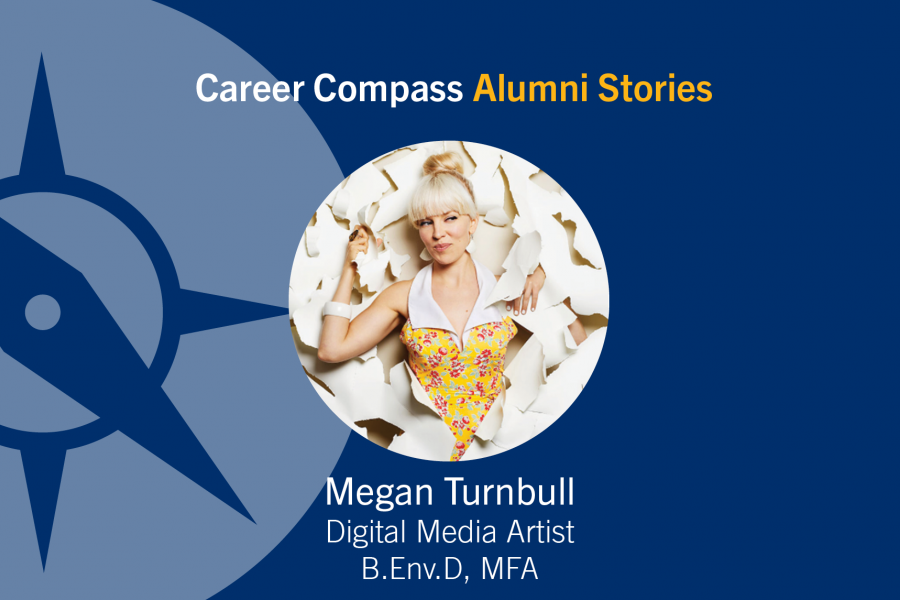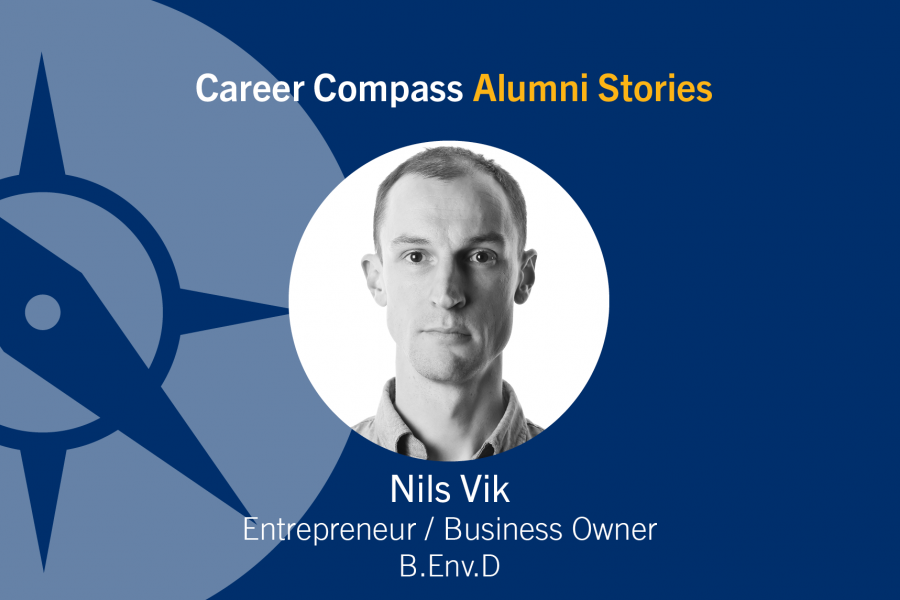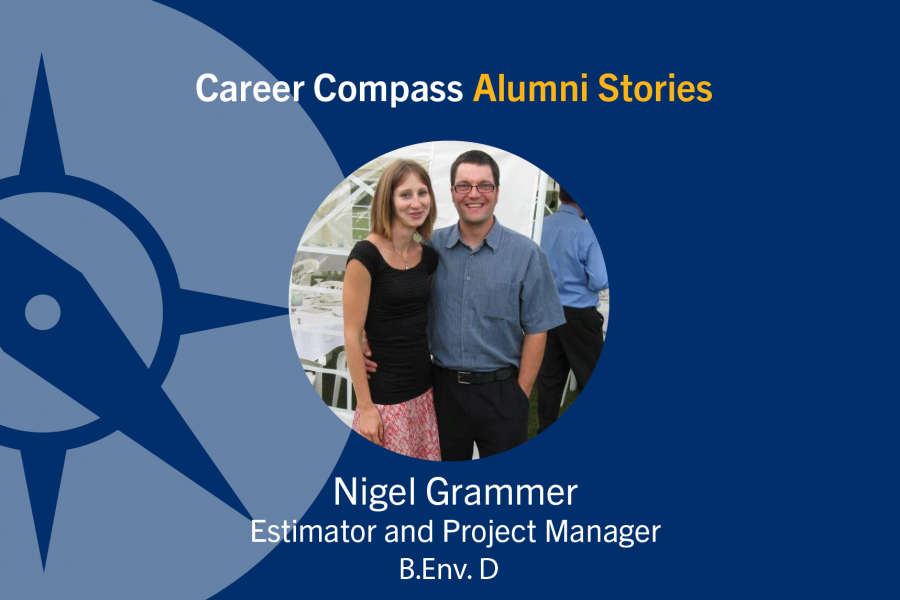ACADEMIC SUCCESS
Course requirements: Refer to the Academic Calendar and environmental design website for course requirements and annual availability within your option
For students in the ED AMP 1 option: EVAR 3012 (pre-term requirement)
To do this year:
- For students in the Landscape + Urbanism option, prepare for the EVLU 3006 pre-term field trip.
- Contact the undergraduate student advisor to ensure that you have met all the third year requirements.
- Review the Faculty of Architecture Awards Database.
- Consider applying to the co-op program.
- Consider applying for an international exchange.
CAREER TIPS
Investigate your career options:
- Look at sample job postings to ensure you have the qualifications upon graduation.
- Develop employability and essential skills sought by employers.
- Create a LinkedIn profile to network with professionals.
- Join professional associations as a student member in your area of focus.
Consider continuing your studies: Check out the Faculty of Graduate Studies, Extended Education or other academic institutions.
VOLUNTEER & WORK EXPERIENCE
Build your portfolio: Participate in Warming Huts and other design competitions throughout your degree.
Check out volunteer opportunities: Seek opportunities to volunteer within professional design organizations and companies.
Search for job opportunities online: Search design related businesses and firms. Go to the Faculty’s volunteer and employment opportunities website for an up-to-date listing.
Use your networks and connections: Inquire about unadvertised job openings (the "hidden job market").
CULTURAL OPPORTUNITIES
Did you travel abroad? Become an exchange mentor for the International Student Mentorship Program, join the exchange student community at the University of Manitoba or write an article about your experience.
Participate in the multicultural opportunities on campus: Participate in the Faculty of Architecture Partners Program and cultural events. Participate in the Intercultural Development and Leadership Program or take part in the Graduation Pow Wow. Consider learning a new language and culture through the Language Partner Volunteer Program.





